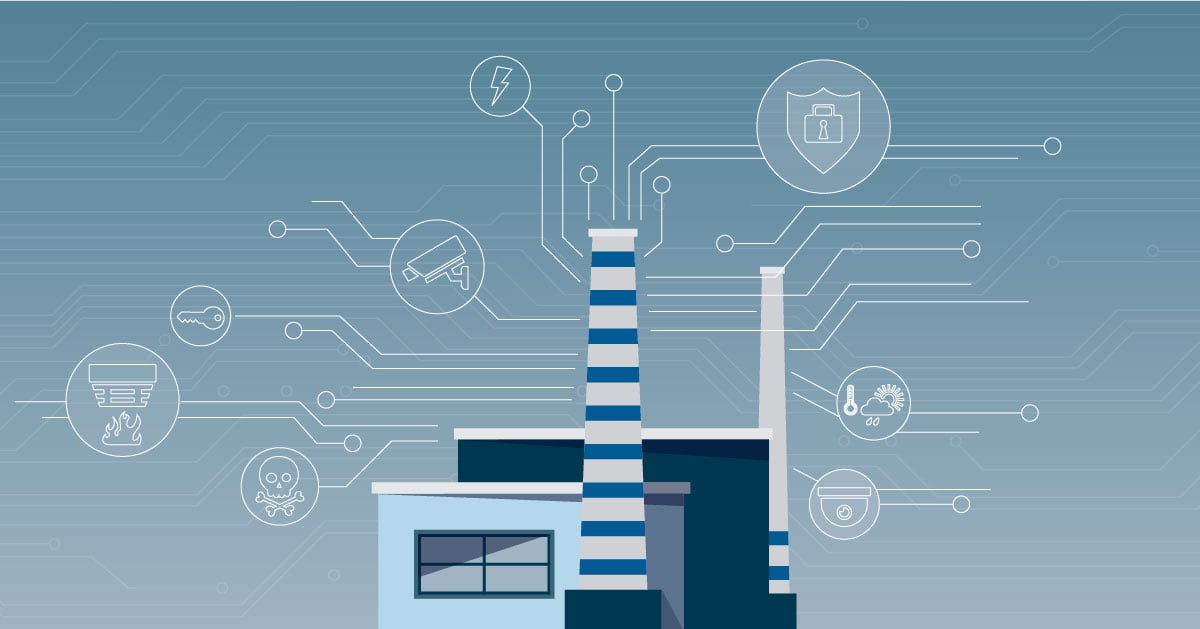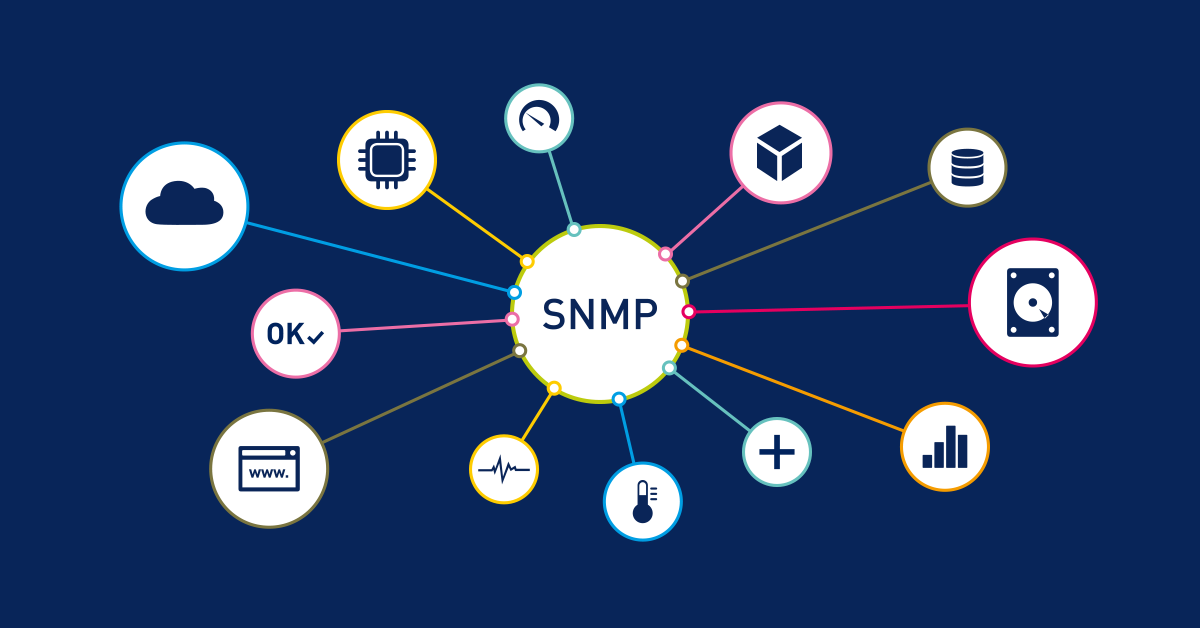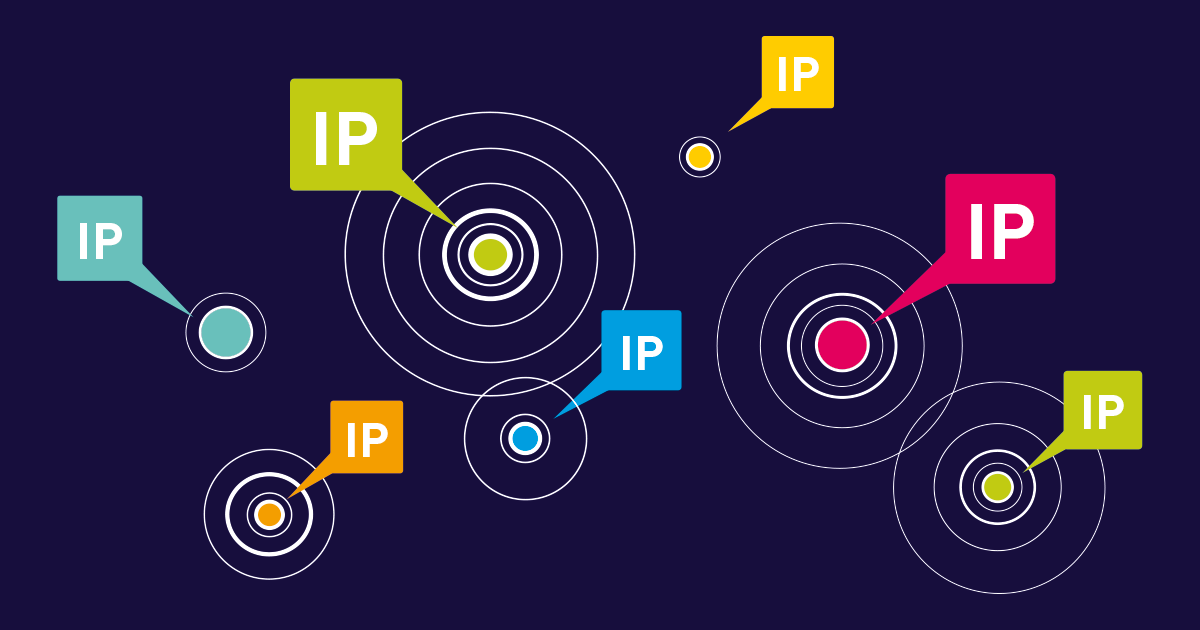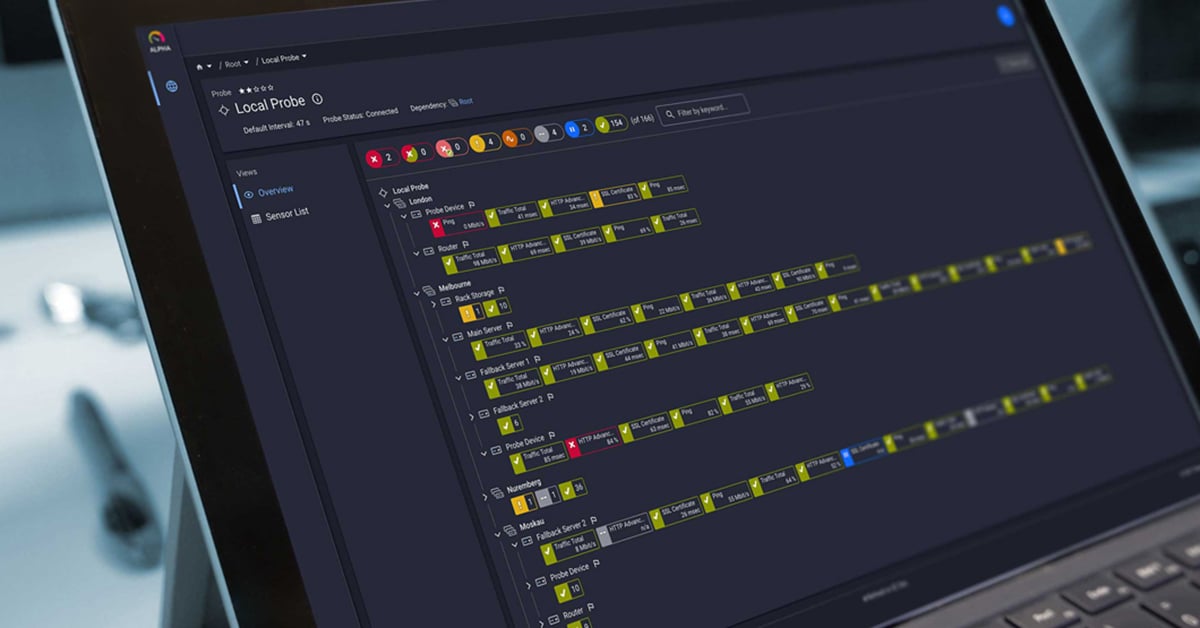I wrote an article recently where I mentioned that cybersecurity is going to be one of the top issues that industrial IT is going to have to deal with over the next few years. In addition to the growth of cyberattacks by orders of magnitude (DoS, ransomware, trojan attacks, etc. ), the convergence of IT/OT will put industrial IT networks in greater peril than ever before.
Deep packet inspection (DPI) technology analyzes the content of data packets beyond basic header information and metadata, providing fine-grained network traffic visibility essential for OT security. Unlike shallow packet inspection that only reads packet headers, deep packet inspection operates by scrutinizing the payload and actual data to recognize applications, protocols, and cyber threats in real-time. This enables the ability to see the packet itself, and not just the packet header, which enables the ability to detect threats across modern network infrastructures.
Understanding Deep Packet Inspection in OT Environments
OT networks face increasing exposure as they connect with new systems and devices. This connectivity expansion gives external actors more potential access points to critical infrastructure.
Traditional IT security concepts don't translate directly to OT environments. Device patching, a cornerstone of IT security, presents significant challenges in operational technology systems where uptime is critical. Additionally, OT networks face unique vulnerabilities that require specialized network protection approaches beyond standard firewalls and endpoint security.
Additionally, OT networks have their own requirements:
- Real-time processing demands that cannot tolerate security delays or impact user experience
- Legacy protocols including TCP, UDP, and DNS not designed with modern network security in mind
- Air-gapped segments requiring specialized monitoring approaches beyond traditional routers
- Compliance requirements for industrial safety standards across healthcare, energy, and manufacturing sectors
- Data protection policies that must balance security with operational continuity
Deep Packet Inspection in Defense-in-Depth Strategies
In order to protect OT networks, several specialized defense layers are required. This concept, known as Defense in Depth, operates on the assumption that multiple layers of security keep your core network safer.
Deep packet inspection forms the foundation for comprehensive cybersecurity by providing:
- Application layer visibility into industrial protocols and VoIP communications
- Behavioral analysis for anomaly detection and malware identification
- Content filtering to block malicious payloads and potential threats
- Network performance monitoring for critical industrial processes and bandwidth optimization
- Policy enforcement across distributed network segments and service providers
- Encrypted traffic analysis including SSL/TLS inspection capabilities
DPI forms the basis for two specific cybersecurity strategies for OT: Industrial Intrusion Prevention Systems (IPS) and Industrial Intrusion Detection Systems (IDS). In an OT environment, both IPS and IDS are devices or systems that operate within the network, intended to either prevent or trigger notifications when anomalous data is discovered.
DPI vs. Shallow Packet Inspection: Key Differences
While shallow packet inspection examines only packet headers (Layer 3-4), deep packet inspection analyzes complete packet payloads including application data. This comprehensive analysis enables:
Shallow Packet Inspection:
- Examines IP address, port number, and basic protocol information
- Fast processing with minimal system impact on network performance
- Limited to basic traffic routing and packet filtering
- Cannot identify specific applications, content, or use cases
Stateful Packet Inspection:
- Monitors connection states and traffic patterns
- Provides context-aware filtering beyond basic packet headers
- Tracks TCP connection states and UDP session information
- Enhanced security over simple packet filtering
Deep Packet Inspection:
- Application identification: Recognize specific industrial protocols, VoIP, and app traffic
- Content filtering: Block malicious payloads and DDoS attacks targeting OT systems
- Protocol violation detection: Identify non-standard protocol usage and potential threats
- Data exfiltration prevention: Monitor for unauthorized data transfers and policy violations
- Quality of Service analysis: Ensure critical industrial traffic prioritization and optimize bandwidth
- Advanced algorithms: Decrypt and analyze encrypted traffic when authorized
PRTG Packet Sniffer Sensors for Deep Packet Inspection
PRTG Network Monitor provides specialized packet sniffer sensors that enable deep packet inspection for modern network environments. The Packet Sniffer sensor monitors data packets and header information passing through network adapters using built-in packet sniffing technology, while the Packet Sniffer (Custom) sensor allows you to define custom channel definitions for granular packet analysis. These sensors work seamlessly with intrusion detection systems and network security infrastructure.
PRTG Sensor Capabilities:
These PRTG sensors can:
- Classify network traffic by source IP address and destination for OT segmentation
- Detect unusual activity between network components and warn about cyber threats and vulnerabilities
- Monitor Quality of Service (QoS) parameters critical for VoIP and industrial applications
- Assess real network usage to identify bandwidth anomalies and optimize performance
- Support IPv6 networks for modern industrial infrastructure and ISPs
- Integrate with SPAN configurations for comprehensive packet analysis across routers and switches
Performance specifications: Each packet sniffer sensor supports up to 50 channels for comprehensive traffic categorization, with recommended usage of no more than 50 sensors per probe to maintain optimal network performance and user experience. For networks exceeding 10 Mbit/s bandwidth, deploy dedicated remote probes to ensure accurate monitoring without system degradation. The sensors efficiently handle high-volume traffic patterns while maintaining real-time processing capabilities.
⚠️ Important considerations: Packet sniffer sensors have very high performance impact - use no more than 50 sensors per probe for optimal monitoring performance.
Real-Time Traffic Analysis with PRTG Sensors
PRTG's packet sniffing capabilities enable real-time header-based traffic analysis essential for network performance monitoring and operational visibility. By configuring monitoring ports (SPAN ports) on network switches and routers, PRTG can analyze traffic flow patterns passing through industrial networks, providing insights into bandwidth utilization and network behavior.
Implementation Steps:
- Configure SPAN ports on your industrial network switches and routers
- Deploy PRTG remote probes at strategic network locations for distributed monitoring
- Set up Packet Sniffer sensors with custom channel definitions for traffic categorization
- Define alerting thresholds for bandwidth utilization and performance anomalies
- Create monitoring dashboards for real-time visibility into network performance
- Establish escalation procedures for network performance incidents
- Integrate with existing monitoring systems for comprehensive network oversight
- Configure traffic classification rules to categorize and analyze network flows
Monitoring Capabilities:
- Protocol identification for TCP, UDP, HTTP/HTTPS, and industrial communication protocols
- Bandwidth utilization tracking and performance optimization for critical control systems
- Traffic pattern analysis across multiple network segments and connection points
- Historical trending for baseline establishment and capacity planning
- VoIP quality monitoring with real-time QoS performance metrics
- Network performance analysis through header-based traffic classification
- DNS traffic monitoring for performance and availability tracking
- Connection monitoring for encrypted traffic flow patterns and volume analysis
Network Traffic Monitoring Implementation Strategies
Compliance and Data Management Considerations
When implementing PRTG's traffic monitoring capabilities in operational environments, consider:
- Data retention policies for network performance metrics and monitoring logs stored in PRTG's database system
- Access controls for monitoring dashboards and historical performance data through PRTG's user rights management system
- User permissions for role-based access to network monitoring data and configuration settings
- SSL/TLS secured connections for secure access to the PRTG web interface and monitoring data
- Regulatory compliance requirements for network performance documentation and uptime reporting
- Data export capabilities via PRTG API for integration with compliance reporting systems
Performance Optimization
To maximize PRTG's traffic monitoring effectiveness while maintaining operational performance:
- Deploy dedicated remote probes separate from production systems, especially for packet sniffing operations that create high CPU load
- Implement selective monitoring focusing on critical network segments with traffic under 50 Mbit/s steady stream for packet sniffer sensors
- Use appropriate scanning intervals: 1-minute intervals for up to 2,000 sensors, 5-minute intervals for larger deployments
- Configure monitoring schedules to align with operational windows and minimize impact on network performance
- Limit packet sniffer sensors to maximum 50 per probe to maintain system performance
- Balance monitoring depth with system performance - packet sniffing creates the highest CPU load on probe systems
Integration with Network Operations
Effective PRTG traffic monitoring implementation requires integration with broader network management frameworks:
- Custom alerting through email, SMS, SNMP traps, HTTP requests, and push notifications for bandwidth utilization thresholds
- API integration for exporting traffic data to third-party network management systems and custom dashboards
- Report generation for bandwidth utilization analysis, capacity planning, and performance trending
- Dashboard creation for real-time visibility into network traffic patterns and performance metrics
- Multi-probe coordination for distributed monitoring across multiple network segments and locations
- Integration with existing monitoring tools through PRTG's notification system and data export capabilities
Traffic Analysis Capabilities
PRTG's network traffic monitoring provides:
- Header-based traffic analysis through packet sniffer sensors for protocol identification and bandwidth tracking
- Flow monitoring via NetFlow, jFlow, sFlow, and IPFIX for comprehensive traffic pattern analysis
- Quality of Service (QoS) monitoring for VoIP and critical application performance measurement
- Unusual activity detection between network components with automated alerting for potential performance issues
- Traffic classification by source, destination, and protocol type for network optimization
- Bandwidth utilization tracking with historical trending for capacity planning and performance optimization
Implementation Best Practices
- Start with critical infrastructure: Core routers, switches, and key network segments
- Use SPAN port configurations on network switches for packet sniffer sensor deployment
- Configure custom channels up to 50 per packet sniffer sensor for detailed traffic categorization
- Establish baseline performance metrics through historical data collection and trending analysis
- Implement escalation procedures for bandwidth utilization alerts and performance anomalies
- Regular monitoring review to optimize sensor configurations and alert thresholds based on network behavior patterns
This approach provides comprehensive network traffic visibility and performance monitoring while maintaining focus on PRTG's actual monitoring capabilities rather than security analysis features that require specialized security tools.
Conclusion: Securing OT Networks with Advanced DPI
Deep packet inspection represents a critical component of modern network security strategies across OT environments. By implementing comprehensive DPI monitoring with PRTG's specialized sensors, organizations can achieve the visibility and control necessary to protect critical industrial infrastructure from cyber threats and vulnerabilities.
The combination of real-time packet analysis, behavioral monitoring, and automated alerting provides the foundation for effective defense-in-depth strategies tailored to operational technology environments. As modern network infrastructures continue to evolve and face increasing cyber threats including malware and DDoS attacks, robust DPI capabilities become essential for maintaining operational security, data protection, and compliance across healthcare, manufacturing, and critical infrastructure sectors.
Secure your OT networks with PRTG's advanced packet inspection sensors. Start your free 30-day trial to implement comprehensive deep packet inspection monitoring today.
 Published by
Published by 


.jpg)








